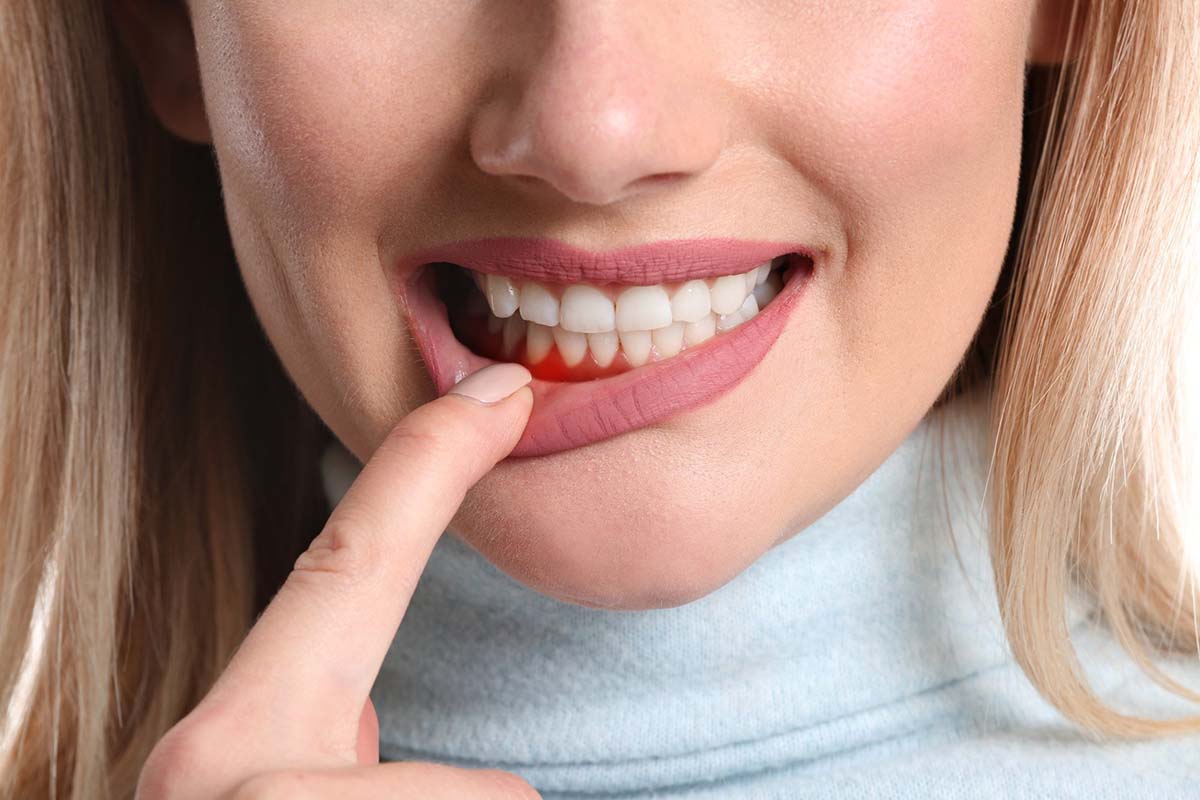
Key points:
- Gingivitis is an early form of gum disease.
- It occurs when plaque builds up on your teeth along the gum line.
- Bleeding gums is a common sign of gingivitis, and swollen or bleeding gums, or loose teeth also may occur.
- If you have gingivitis, the earlier you treat it, the better.
- See your dentist if you notice signs of gingivitis.
What is gingivitis?
Gingivitis is an early form of gum disease. It occurs when plaque builds up on your teeth along the gum line.
You remove plaque by brushing your teeth correctly, but if it builds up it can irritate your gums and may cause them to bleed and swell. Sometimes the plaque becomes hard, called calculus or tartar. If this happens, you will need to see a dentist to have it removed.
Gingivitis is common — about 1 in 5 Australians has gingivitis.
What are the signs and symptoms of gingivitis?
Bleeding gums is a common sign of gingivitis. Gum tenderness, redness and puffiness also commonly occur in people with gingivitis.
What causes gingivitis?
Gingivitis is caused by bacteria in the plaque on your teeth irritating your gums. Plaque can build up if you do not brush your teeth regularly or take good care of your oral health. If you have an existing health condition, such as diabetes you are more likely to develop gingivitis.
When should I see my dentist?
You should see your dentist if you notice signs of gingivitis, such as swollen or bleeding gums, or loose teeth. If you have gingivitis, the earlier you treat it, the better.
How is gingivitis diagnosed?
Your dentist will examine your mouth with an instrument to measure the spaces between the teeth and the gums. This shows your dentist how healthy your gums and teeth are.
How is gingivitis treated?
Gingivitis is treated by removing any plaque from your teeth. You can normally reverse gingivitis because it does not cause damage to the teeth or bone.
Calculus (hard plaque) will need to be removed professionally by a dentist. At home, you will need to keep brushing your teeth with a soft toothbrush to get rid of the plaque and bacteria that cause gingivitis. Brushing your teeth correctly is important, and your dentist will instruct you on the best way to do this.
Can I prevent gingivitis?
Taking care of your mouth helps prevent gingivitis. Even if your gums are bleeding and inflamed, it’s important to keep brushing your teeth to reverse the condition.
You can also improve the health of your mouth by:
- eating a healthy balanced diet
- avoiding sugary and fatty foods
- brushing your teeth after every meal
- drinking water containing fluoride
- avoiding or stopping smoking
What are the complications of gingivitis?
Without treatment, gingivitis can get worse and develop into a more serious form of gum disease called periodontitis. This can cause serious problems such as abscesses, receding gums and tooth loss.
Symptoms of periodontitis include:
- swollen, red gums
- bleeding gums
- receding gums
- bad breath or a bad taste in your mouth
- loose teeth
- new spaces between your teeth
- tender teeth, especially when you bite


